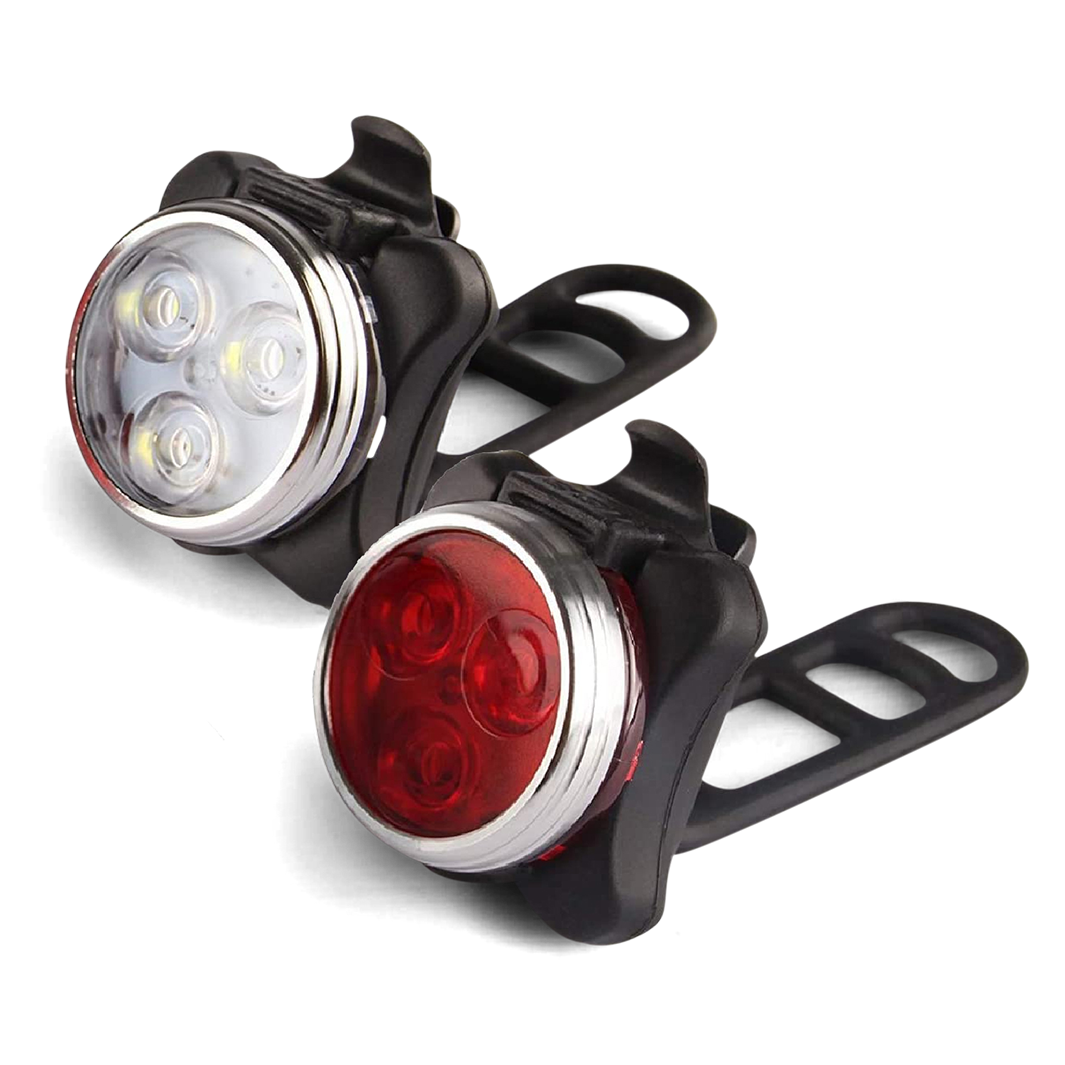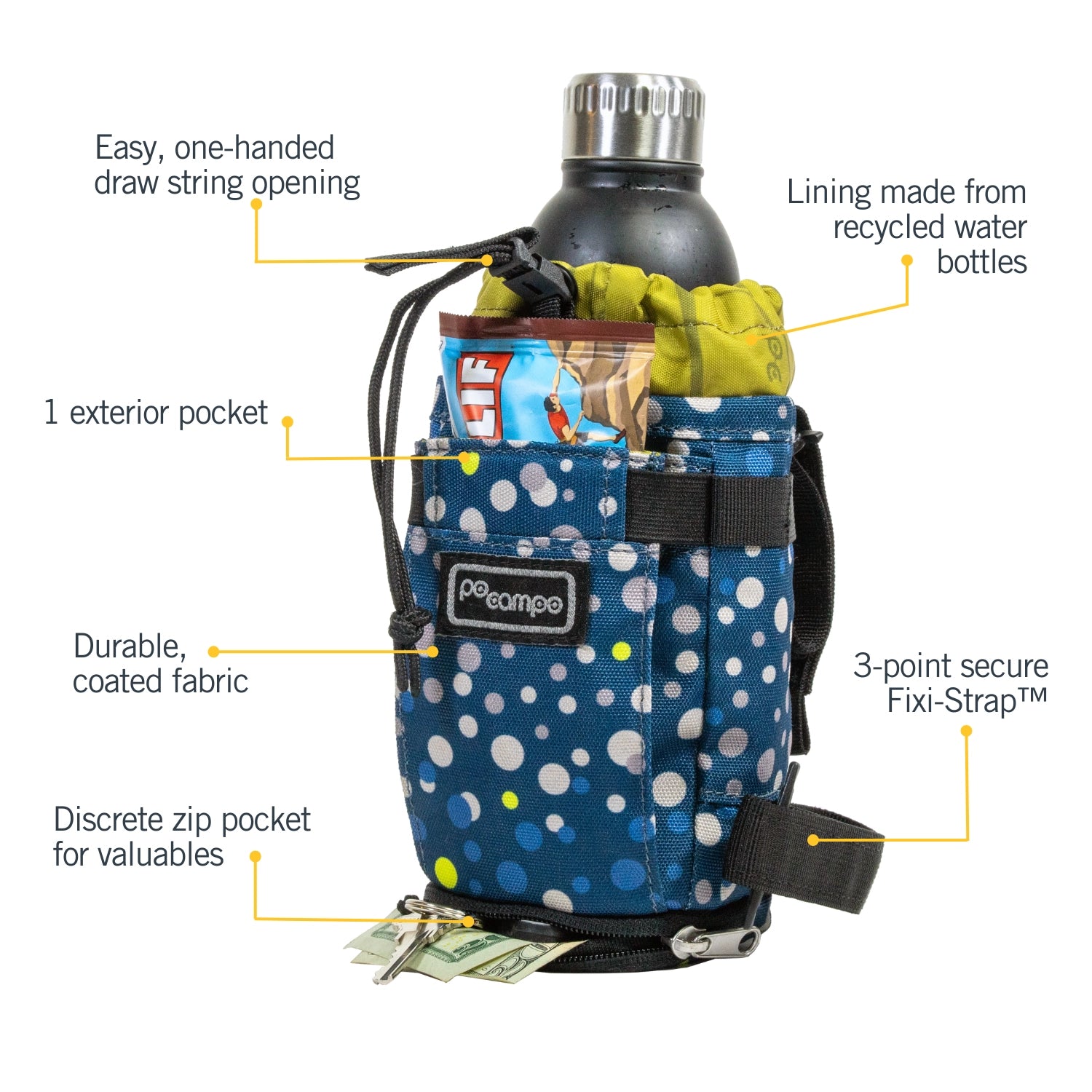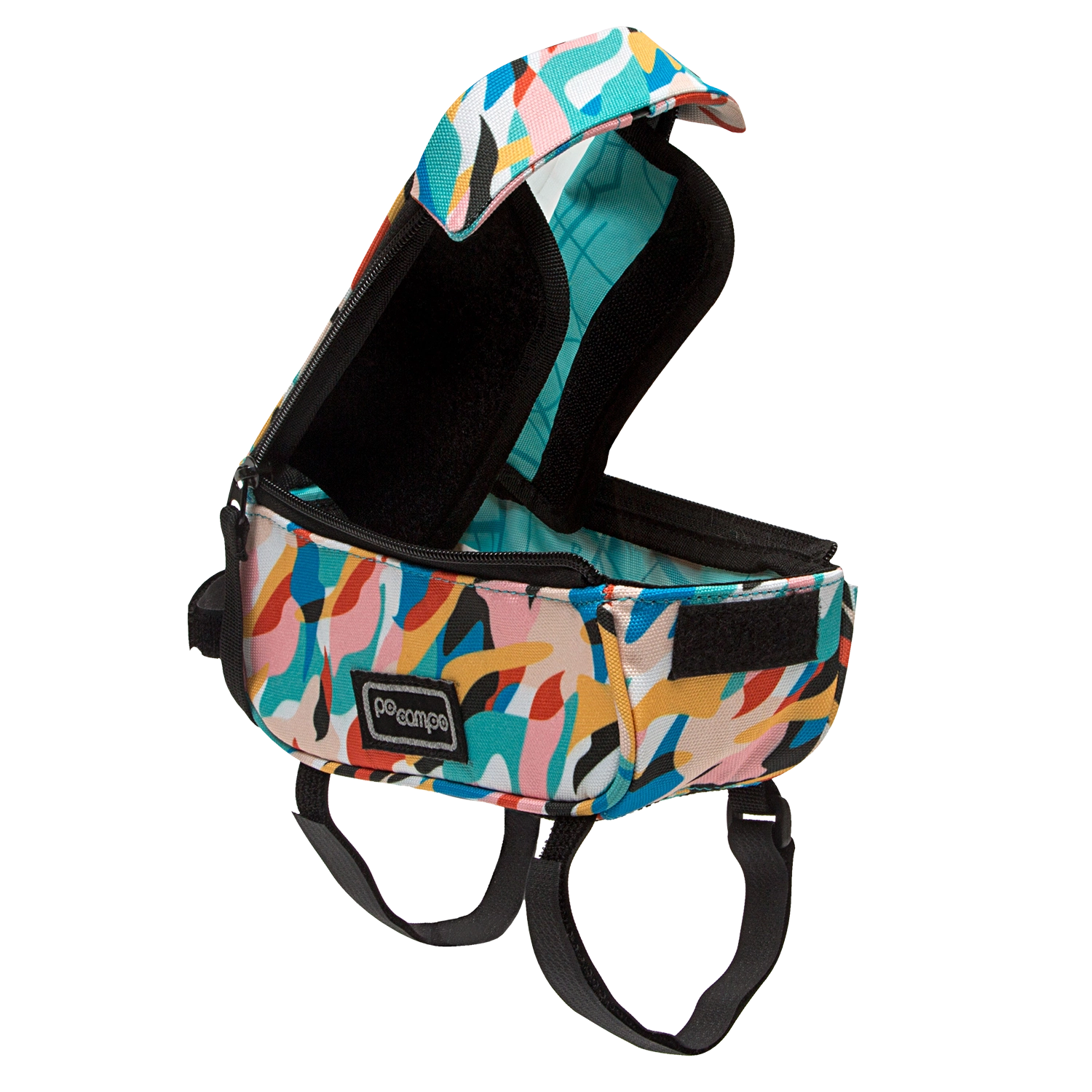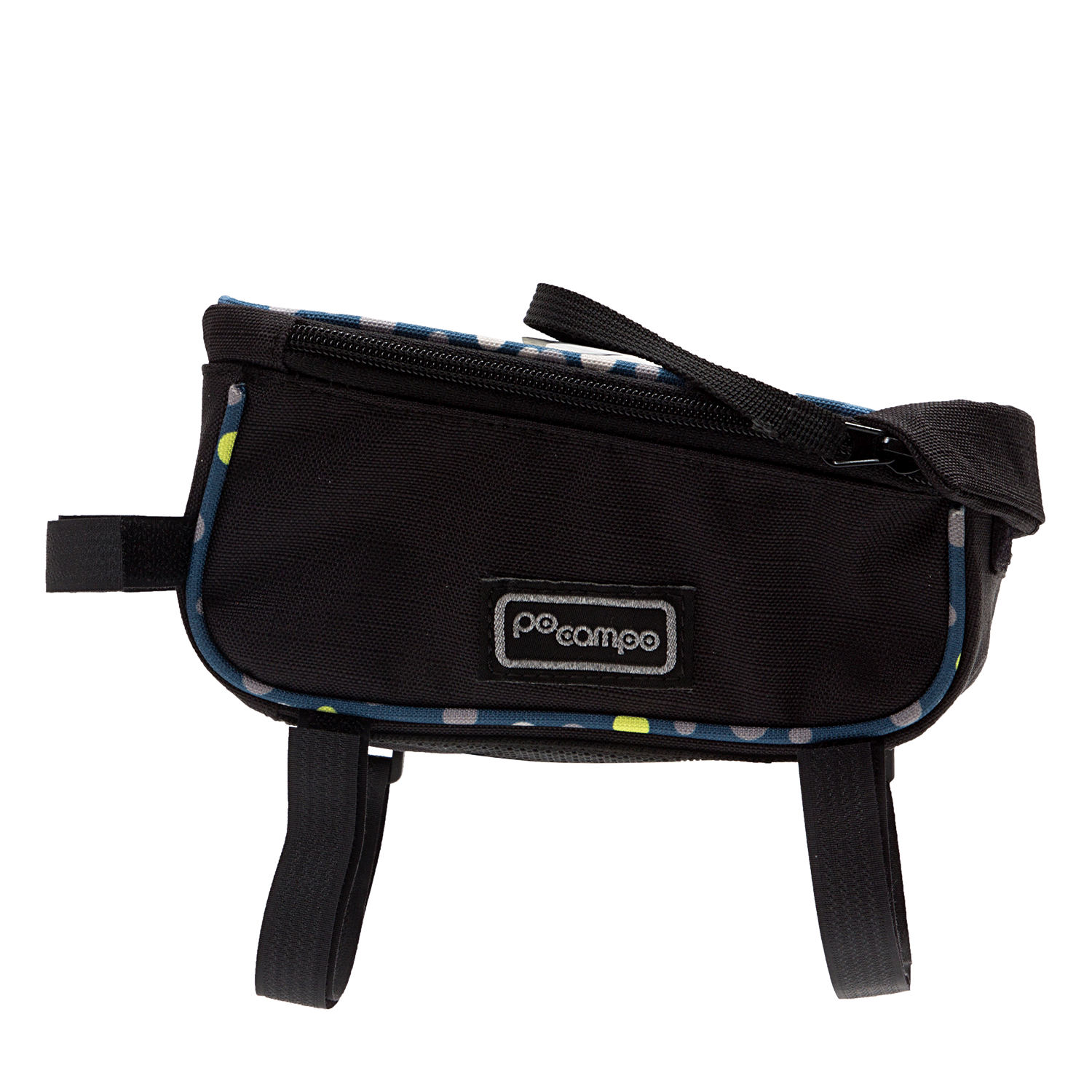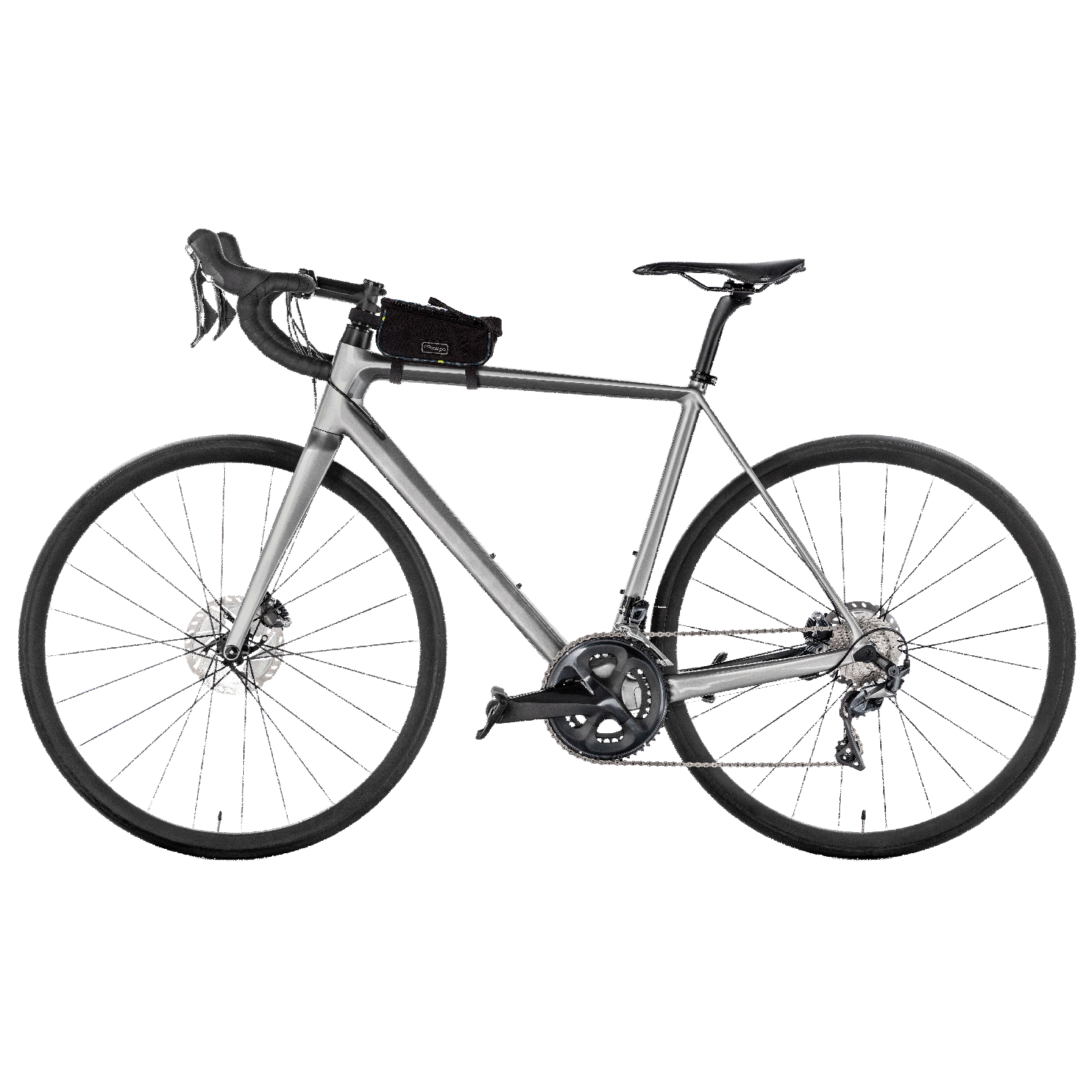In most urban areas, everything you need is just a bike ride away. However, that also means navigating pedestrian traffic along with car traffic, all while watching out for other bikers. Whether you’re hustling to work or just out to watch the sunrise, navigating the streets in an urban area can be difficult on a bike. Here are some urban biking tips to keep you safe and well-prepared on your daily route.
Urban Biking Tips
City Biking For Beginners

Bike riding in urban areas requires riders to navigate basic rules. Stopping at stop signs, granting the right of way, and other common traffic rules are expected of bikers the same way they are expected of drivers (unless you’re fortunate enough to live in a place that allows an Idaho Stop as these states do). When biking around a city, make sure you are aware of your surroundings as well as traffic patterns in the area before hitting the streets.
When bike lanes are available, use them. Always ride with the flow of traffic and walk your bike when traffic situations are beyond your ability or don’t feel safe.
One of the most useful urban biking tips is to use reflectors and other safety gear on your bike. If you're ever going to be biking in dimmer settings, invest in some reflectors for the front and rear of your bike. You can also add reflector pins to your biking jacket and/or bike bag, and attach shiny adhesive to a bike helmet, or even fix small, clip on bike lights to your bike. Any of these options will allow you to stay visible on the road, day and night.
Learn The Signals
In biking, “body language” takes on a whole new meaning. Most communication between drivers, bikers, and pedestrians comes from a shared set of hand signals. Many urban bikers use specific signals to tell other people on the road which way they are turning or if they are stopping. Thankfully, this is a lingo you can pick up on in just a day, because there are only three major components to it. A simple Google search of “biking hand signals” will give you clear visuals, but in the meantime note the following: signal a left turn with your left arm straight out to the side, a right turn with your right arm straight out to the side, and a stop with your left arm either bent ninety degrees up or down. It is most important to make sure drivers understand what you’re communicating to them, so keep it simple and obvious!
Space It Out

Urban biking requires you to be constantly aware of your surroundings. Look out for buses, which pull in and away from curbs more frequently than other vehicles. If you suspect a parked car is about to pull out into traffic, or maybe a car door about to swing open (keep an eye on those side mirrors!) slow down to give the car some space, or at least make sure there’s space for you in the car lane should you need to swerve.
Get into the habit of checking over your shoulder before switching lanes as well as looking up and down crossroads before crossing the street. The “Left Right Left” rule commonly taught in driving and biking courses comes in handy here: when preparing to cross a road or intersection, look to your left, then your right, then your left one more time before proceeding.
Be sure to leave enough space between you and pedestrians or even the car in front of you. Do this so if you have to stop suddenly, you can do so safely. While bikes can brake fairly quickly, the person or vehicle behind you might not be able to stop as fast, and this can put you at risk.
Parking Your Bike
When you are ready to park your bike, make sure you have a bike lock handy. Unfortunately, over 188,000 bikes are stolen every year in the U.S. Most public safety agencies recommend U Locks because they are the most difficult to break and are easily transportable. Remember that you can't always just lock your bike to the telephone poll by your office - many cities have designated bike racks on busy streets to avoid the scattering of bikes everywhere. If you have the option to bring your bike inside at your office or home, do it!
Putting These Urban Biking Tips To Work
Before hitting the streets, here are a few things to review: practice and perfect your hand signals, add reflective gear to yourself and your bike as needed, and remain aware of your surroundings. Your commute through the city isn’t the time to put in headphones and space out to the latest podcast. Additionally, be sure your brake system and any other features of your bike are working as they should before setting out for the day. Just like a car, knowing your bike before trusting it with your safety is always the best bet.
Packing a little extra for emergencies never hurt anybody, either. If you don’t already have a trusted backpack or small satchel for the necessities, consider getting a pannier or bike tote for your commuting needs. Many bike bags can fit emergency first aid kits, water bottles, snacks, a change of clothes, and more, so you are never left in a pinch after your commute.
Lastly, remember to follow the rules of the road when biking in big cities. With so many things going on in urban areas, it is easy to get distracted. Do your part to keep yourself and others accountable for road conditions, and you’ll be an experienced city cyclist in no time.
You May Also Like:
Source:
Harvard.edu




